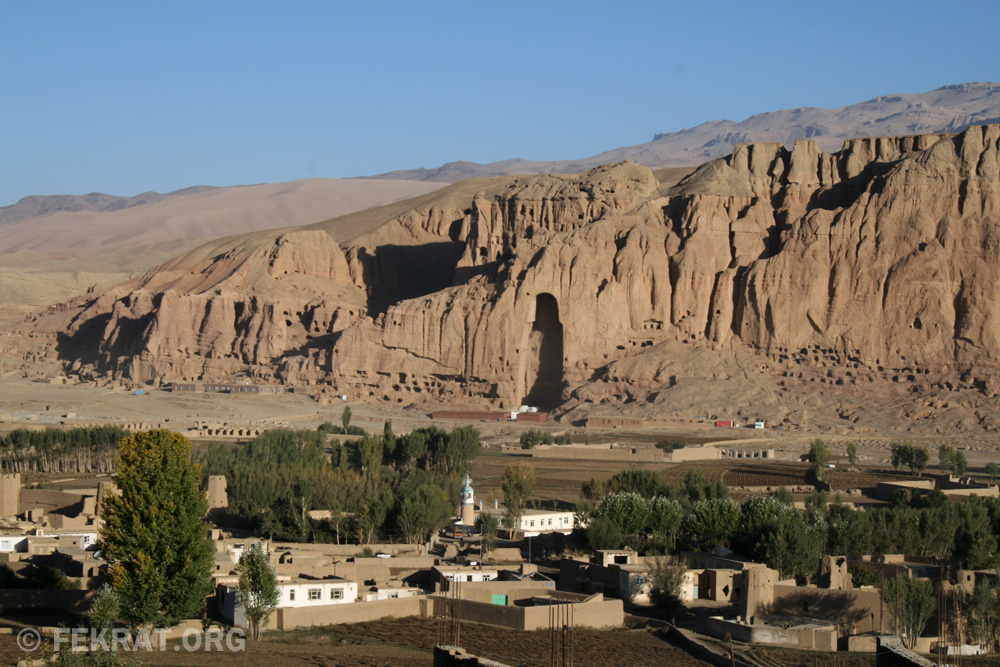13 Years after Bamiyan Buddhas Destroyed
 Afghanistan’s historic Bamiyan Buddhas, destroyed by the Taliban 13 years ago, on March 11, 2001. The statues were 1,500-year-old and could be repaired if UNESCO and Afghan government plan to.
Afghanistan’s historic Bamiyan Buddhas, destroyed by the Taliban 13 years ago, on March 11, 2001. The statues were 1,500-year-old and could be repaired if UNESCO and Afghan government plan to.
The giant Buddhas, carved into a mountainside at Bamiyan in the heart of the Hindu Kush mountains, were among Asia’s great archaeological treasures. In antiquity, central Afghanistan was strategically placed to thrive from the Silk Road caravans which criss-crossed the region trading between the Roman Empire, China and India. One of the stopping-off points was the old kingdom of Kushan, whose people were responsible for carving these wonders of the ancient world. The larger statue stood at 53 metres (125 feet) above the town of Bamiyan – as high as a 10-storey building – and was considered to be the most remarkable representation of the Buddha anywhere in the world. Read more on BBC website
The Taliban regime destroyed the Buddhas not necessarily for extreme religious reasons but to annihilate the identity of the Hazara people who have been living in the area for thousands of years. At the time, when the Taliban issued a fatwa that Shiite Hazaras are not Muslims, they should be converted into Islam (meant Sunni Islam), if not, they should either leave Afghanistan or be killed. For they reasoned that Hazaras are not from Afghanistan and so there’s no symbol of their civilization to prove their history. The Buddha statues were part of the Hazara people history and civilization. They were Buddhists, before Islam unsheathed its swords towards the most peaceful people and destroyed their sacred believe system. Anyway, the death of the Bamiyan Buddha statues was one of the most tragic incidents that befell the Hazara people during the dark period of the Taliban, the most brutal and backward regime. Tweet